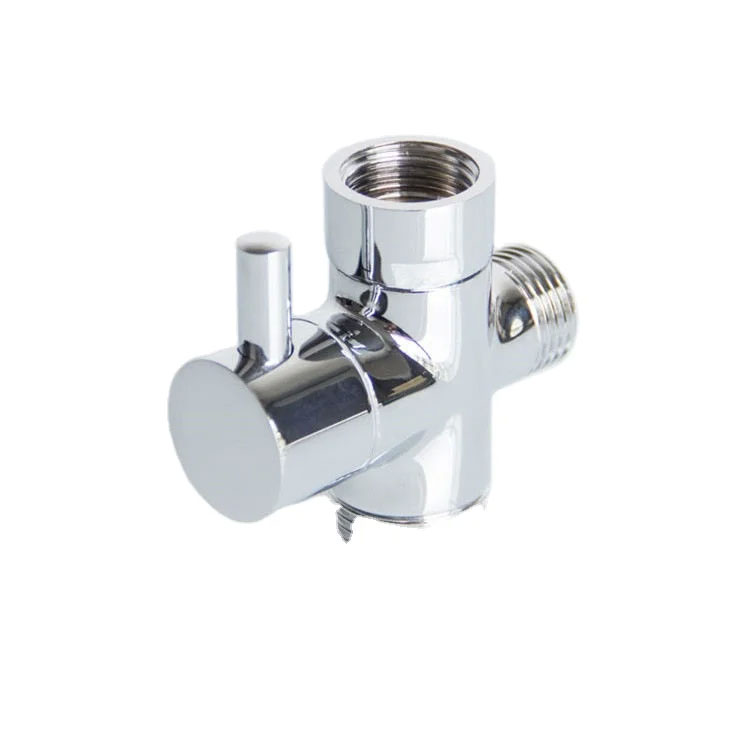QR Code

About Us
Contact Us


E-mail

Address
Floor 2, Nanbang Mingzuo, Ningbo, Zhejiang, China
The angle valve is named because its water inlet and outlet are perpendicular to each other, rather than straight in and out. It serves to cut off the medium, and is mainly used to change the flow direction of the transmission medium. Therefore, the selection of it should be combined with the actual situation, and different angle valves should be used in different places. When the water pipe has an unexpected situation or breaks and leaks after many years, the angle valve can be closed at this time, which will not affect the normal water use at home and avoid economic losses.

The angle valve has a simple flow path, small dead zone and eddy zone, and can effectively prevent the medium from being blocked by the flushing effect of the medium itself, that is, it has better self-cleaning performance.
The angle valve has a small flow resistance and a larger flow coefficient than the single-seat valve. It is suitable for occasions with high viscosity, suspended matter and granular fluids, or for places where right-angle piping is required. Its flow direction is generally inflow from the bottom and outflow from the side. In special cases, it can be reversed and the flow direction will also change.




Floor 2, Nanbang Mingzuo, Ningbo, Zhejiang, China
Copyright © 2025 Ningbo Archermind Electronic Commerce Co., Ltd. All rights reserved.
Links | Sitemap | RSS | XML | Privacy Policy |
